1,571 days, 2,407 entries ...
Newsticker, link list, time machine: HOLO.mg/stream logs emerging trajectories in art, science, technology, and culture––every day
Jakob Kudsk Steensen’s installation, The Ephemeral Lake (2024), premieres at Hamburger Kunsthalle, reinterpreting the landscapes of 18th century Romantic painter Caspar David Friedrich as immersive, computer-simulated ecologies. The piece explores themes of water, deep time, and crystallization, Steensen says, and “goes beyond contrasting the human figure in the environment.” Instead, it invites a worldview “where our bodies and minds merge with environmental energies and other species.”
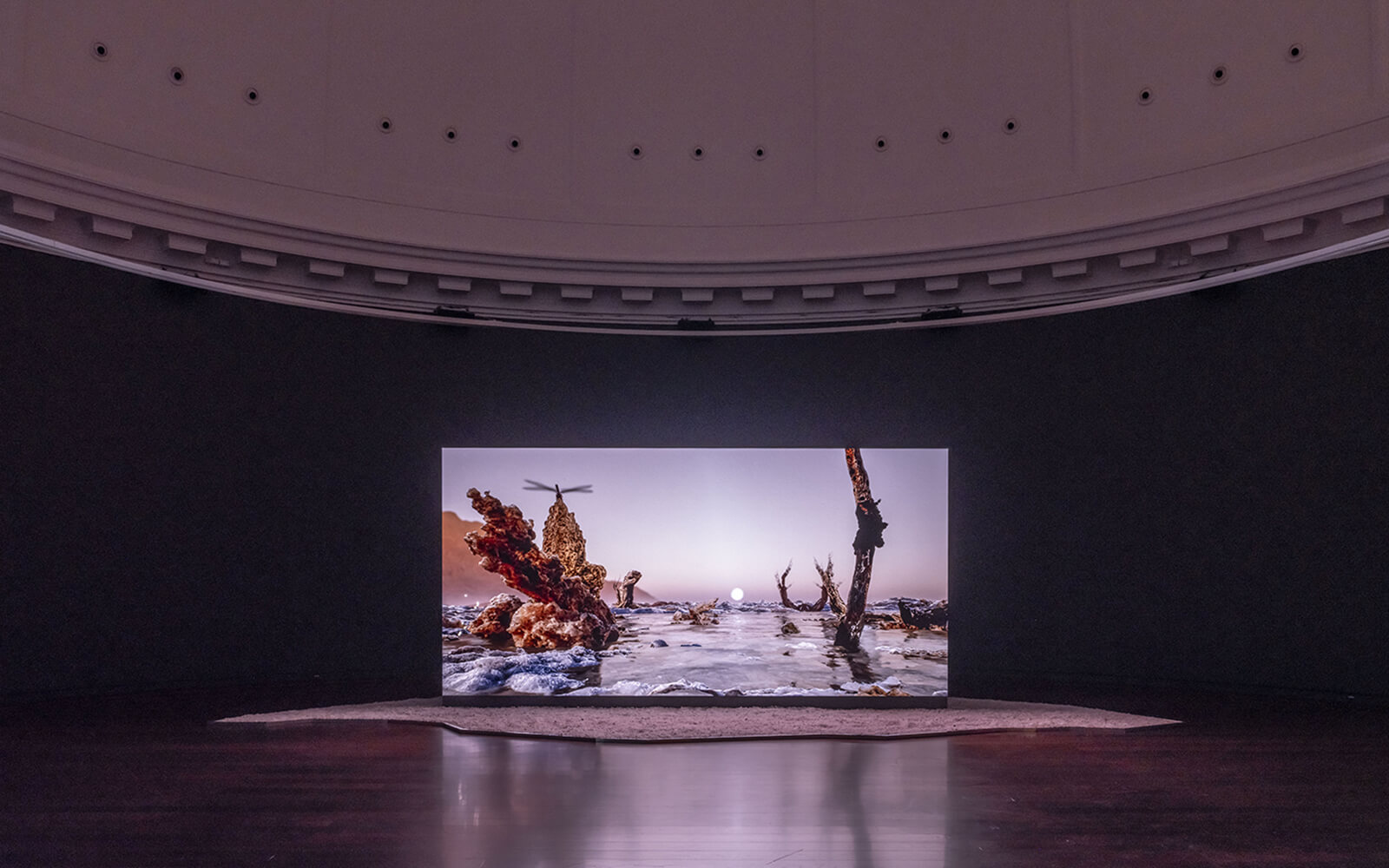
“I don’t need to know who the main characters are on social media and what everyone is saying about them, when I can instead spend an hour trying to find a rare sparrow.”
Foregrounding food production and consumption, Deirdre O’Mahony’s “The Quickening” opens at Trinity College Dublin’s Douglas Hyde Gallery. In its eponymous film (2024, image), the Irish artist documents years of consultation with farmers and policymakers, conveying the “reality of farming and the centrality of soil to human, animal, and insect life.” Kicking off a tour, O’Mahony will subsequently screen the film in Carlow, Waterford, Kilkenny and other towns across Southern Ireland.
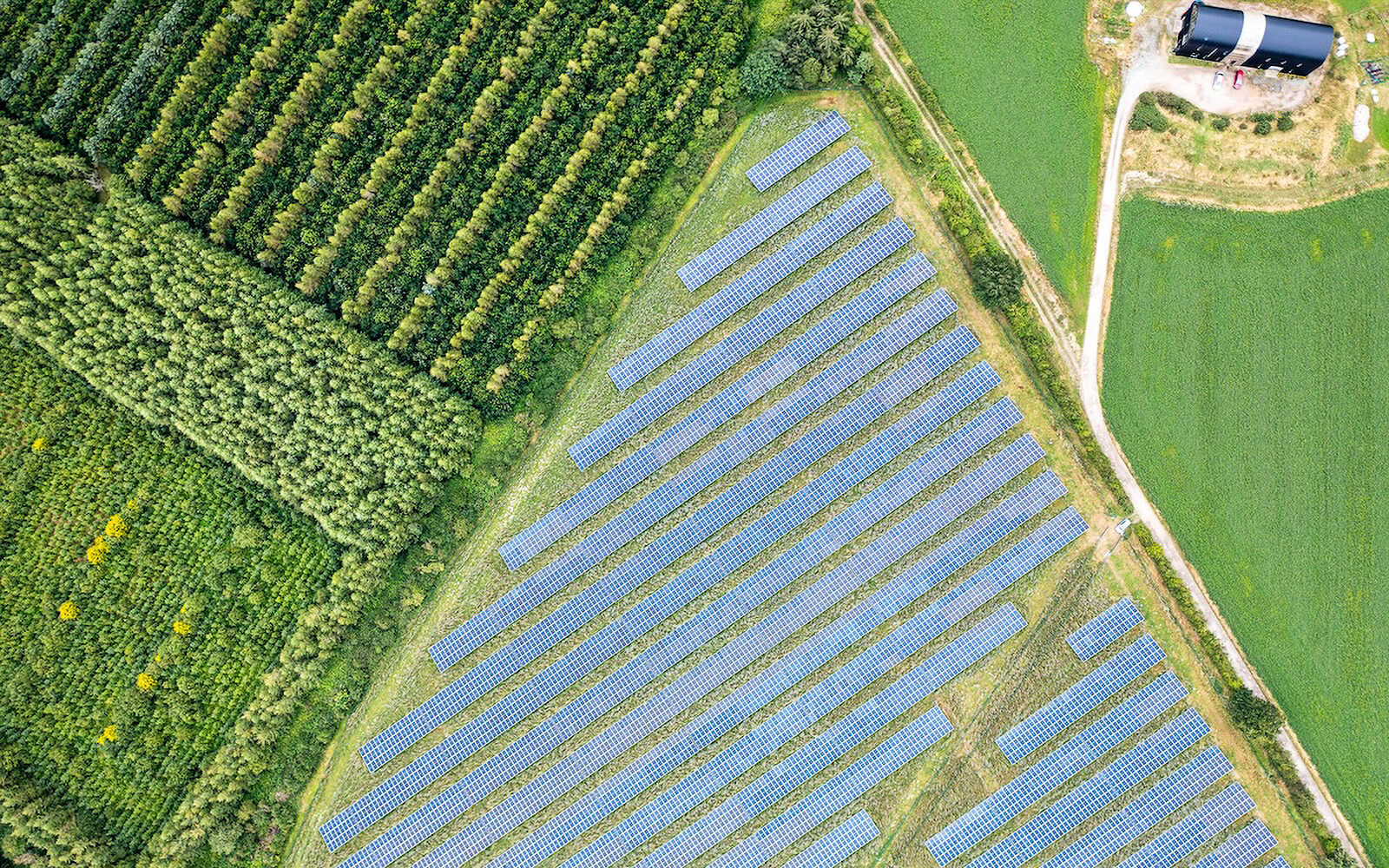
“Everyone wants to play either a fucked-up zombie apocalypse or an elfian, cottage-core fantasy. It’s either utopian, ecological escapism or utter dystopia.”
“This new report represents an immediate call for greater investment in infrastructure development, more promotion of repair and reuse, capacity building, and measures to stop illegal e-waste shipments.”
Consumer advocates Public Citizen release “Mushrooming Risk,” a report on the danger of AI tools to foragers. Spurned by recent hospitalizations, researcher Rick Claypool outlines the folly of using apps to identify species and gauge edibility. “Mushroomers must take the time to develop their skills at their own pace,” he writes, championing local knowledge over app reliance. Experimenting with DALL-E compounded his fear; when he prompted it to label basic mushroom anatomy, it hallucinated utter nonsense (image).
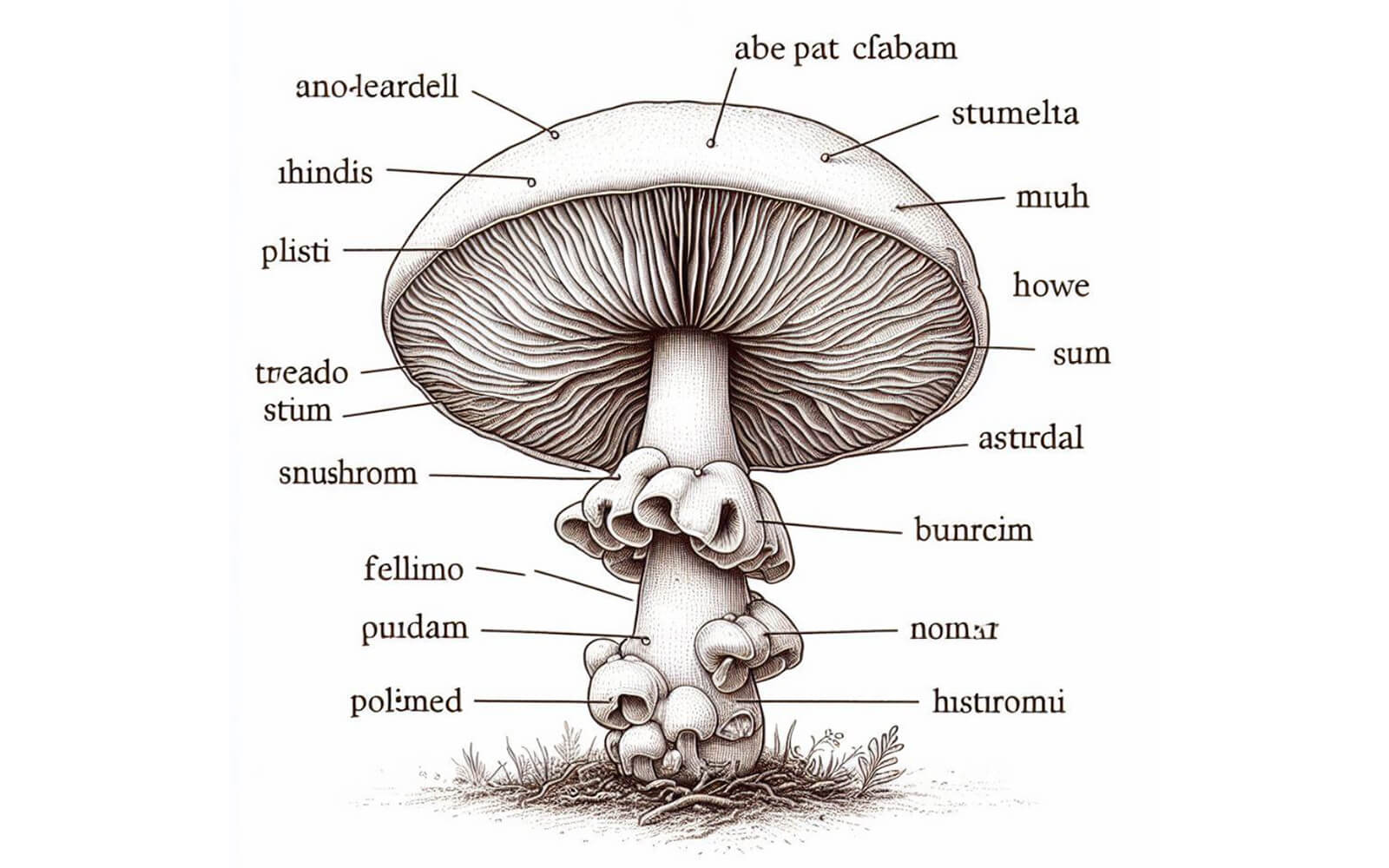
Tomás Saraceno’s solo exhibition “Live(s) on Air” opens at Tanya Bonakdar Gallery in Los Angeles, showcasing, among other works, new cloud and foam sculptures that manifest as clusters of iridescent geometries suspended in mid-air. Juxtapozed with a series of infrared photography that suggests a new era of climate-neutral aerosolar flight, the Argentinian artist’s floating colour fractals “make visible the spectral hues and synaesthetic vectors that shape the cosmic web,” inviting meditation on “forms of life and eco-social interdependence.”
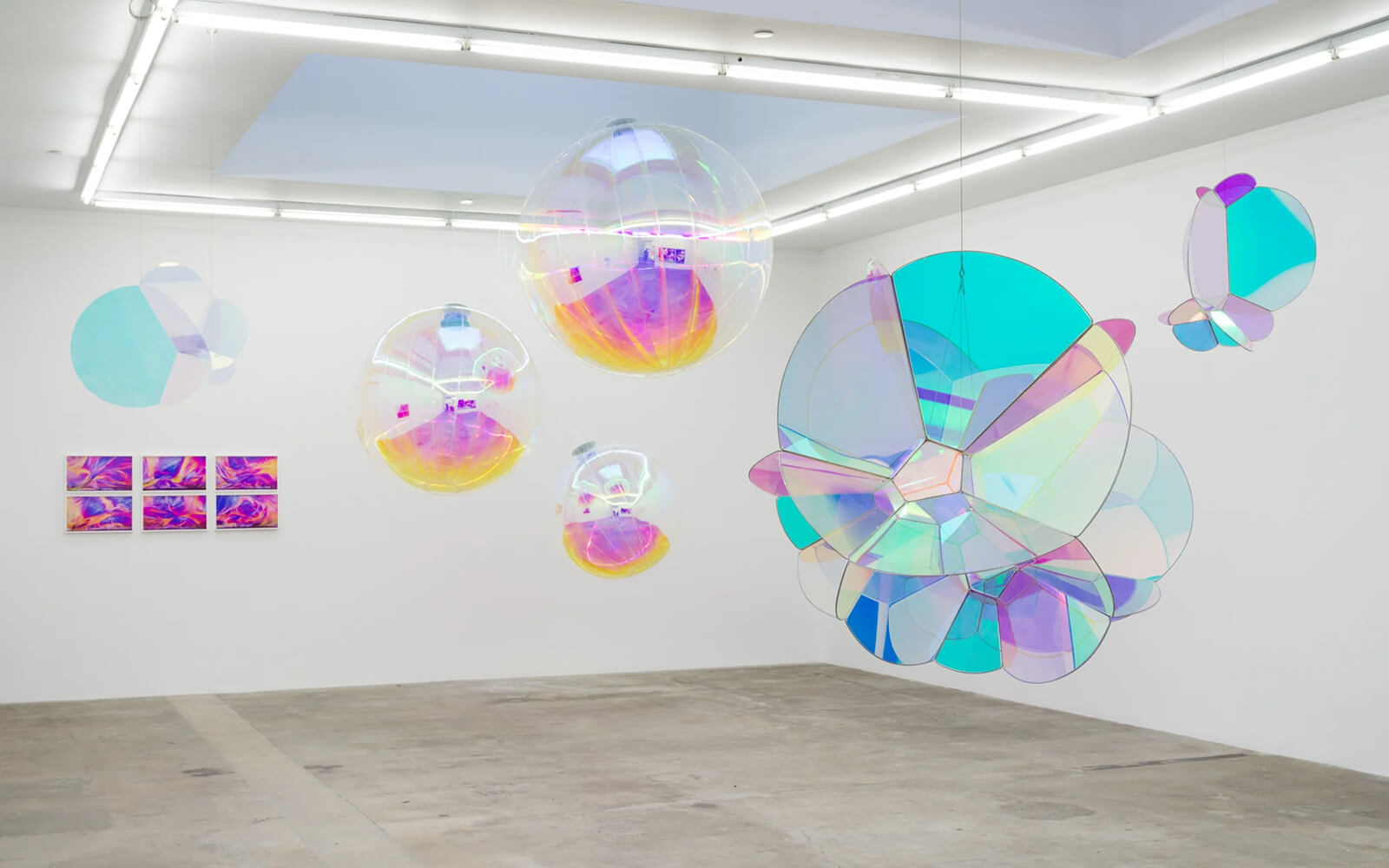
The Institute of Contemporary Art San Diego (ICA) opens “Pınar Yoldaş: Synaptic Sculpture,” the Turkish-American artist and UC San Diego Professor’s first U.S. solo museum exhibition. Expanding her oevre of speculative biologies, Yoldaş presents several new works including an algae bioreactor brewing plastic alternatives that illuminate the technocene. “If we ask ourselves what drives technological progress,” Yoldaş explains, “we can see that it is as much our collective desires as it is our collective needs.”
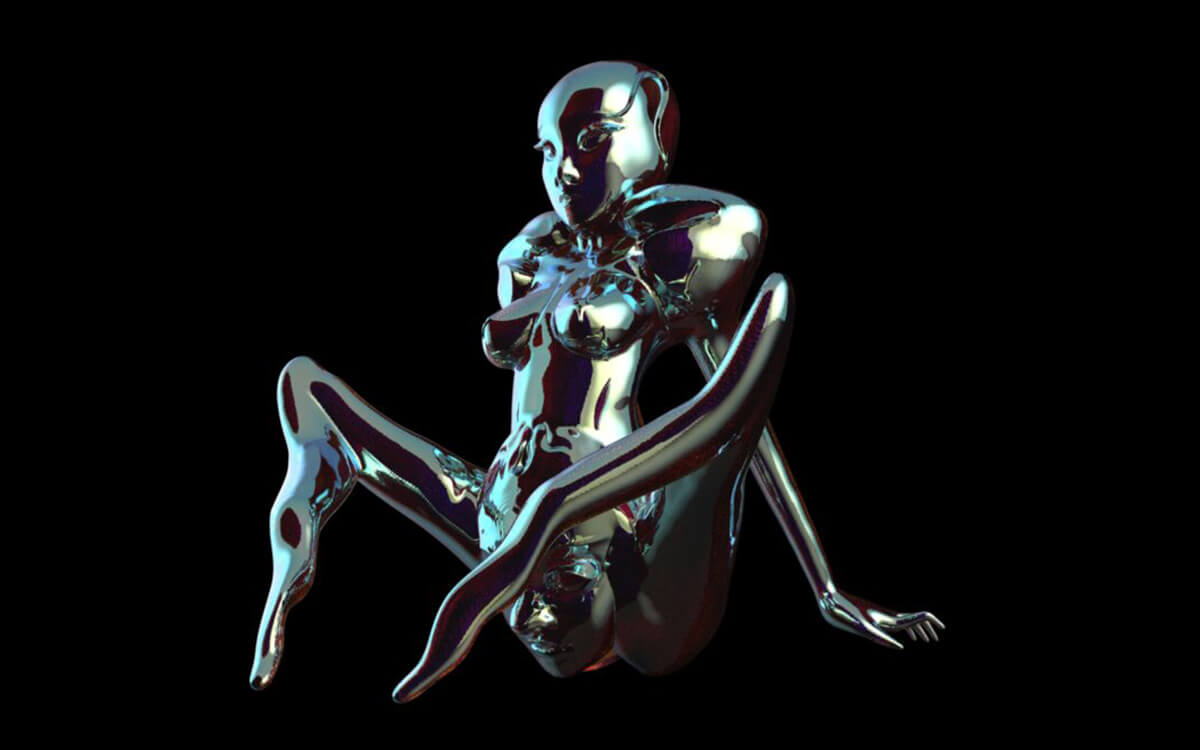
Rosa Menkman’s mixed-media installation, A Spectrum of Lost and Unnamed Colours (2024), opens at EPFL Pavilions, Lausanne (CH), concluding the “speculative dialogues” with computer and environmental scientists that informed the work and guided her EPFL residency. In a series of translucent, lens-like sigils, the Dutch artist and researcher tells the story of a future media archaeologist who, in mapping colour loss, uncovers how air pollution and AI deluge ‘dimmed’ the atmospheric rainbow—“nature’s original ‘glitch’.”
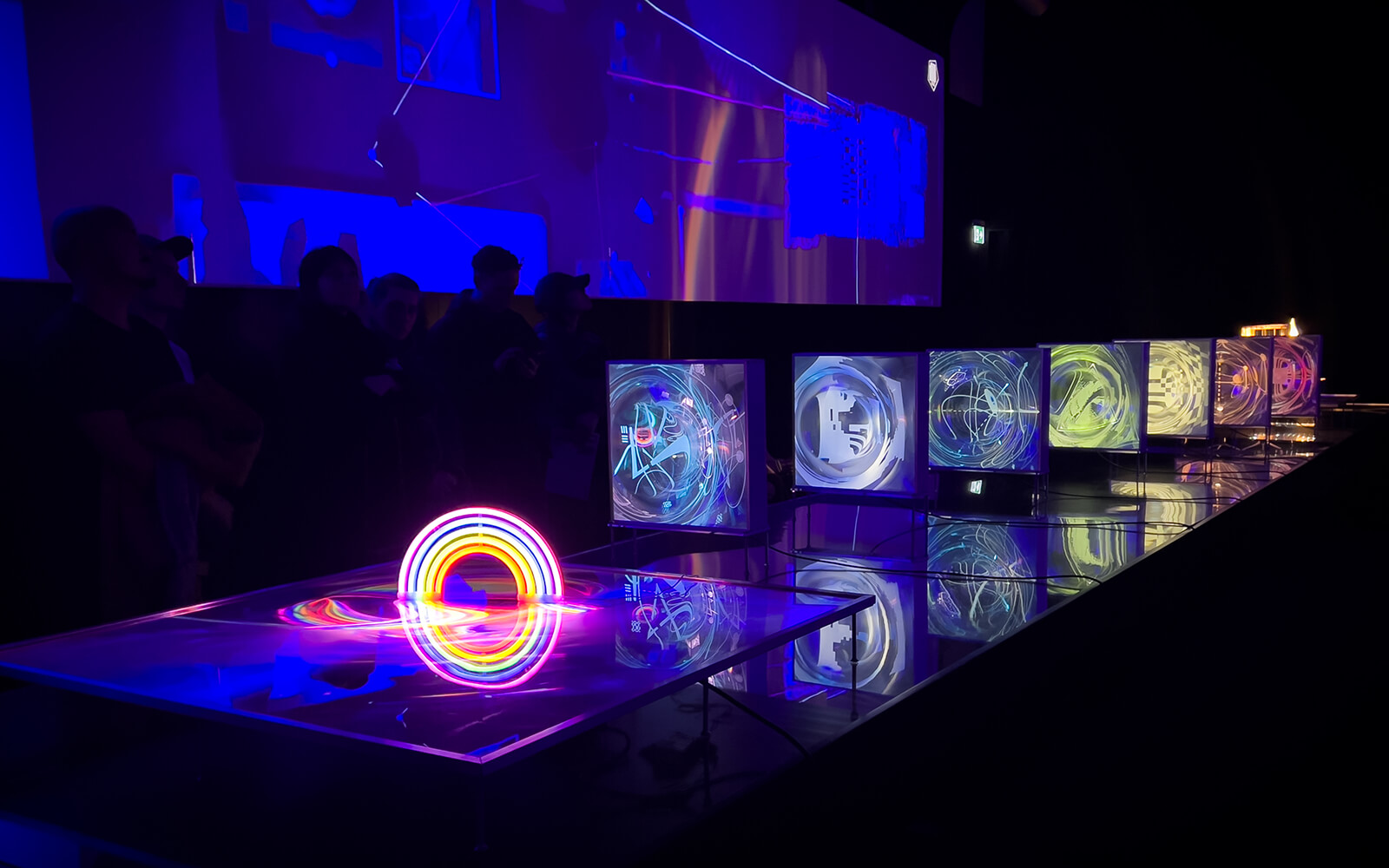
“It’s estimated that a search driven by generative AI uses four to five times the energy of a conventional web search. Within years, large AI systems are likely to need as much energy as entire nations.”
“TRANSFER Download: Sea Change” opens at Pérez Art Museum Miami (PAMM), flooding a panoramic ‘video chamber’ with reflections “on the accelerating changes across climate, culture, and time.” The 9th iteration of TRANSFER’s travelling immersive format compiles works by LaTurbo Avedon, Leo Castañeda, Fabiola Larios, Cassie McQuater, Lorna Mills, Rick Silva & Nicolas Sassoon (image: Signals 4, 2023), and Rodell Warner into a playlist of “watery warnings,” rendered as generative art, animated GIFs, videogames, and CGI.
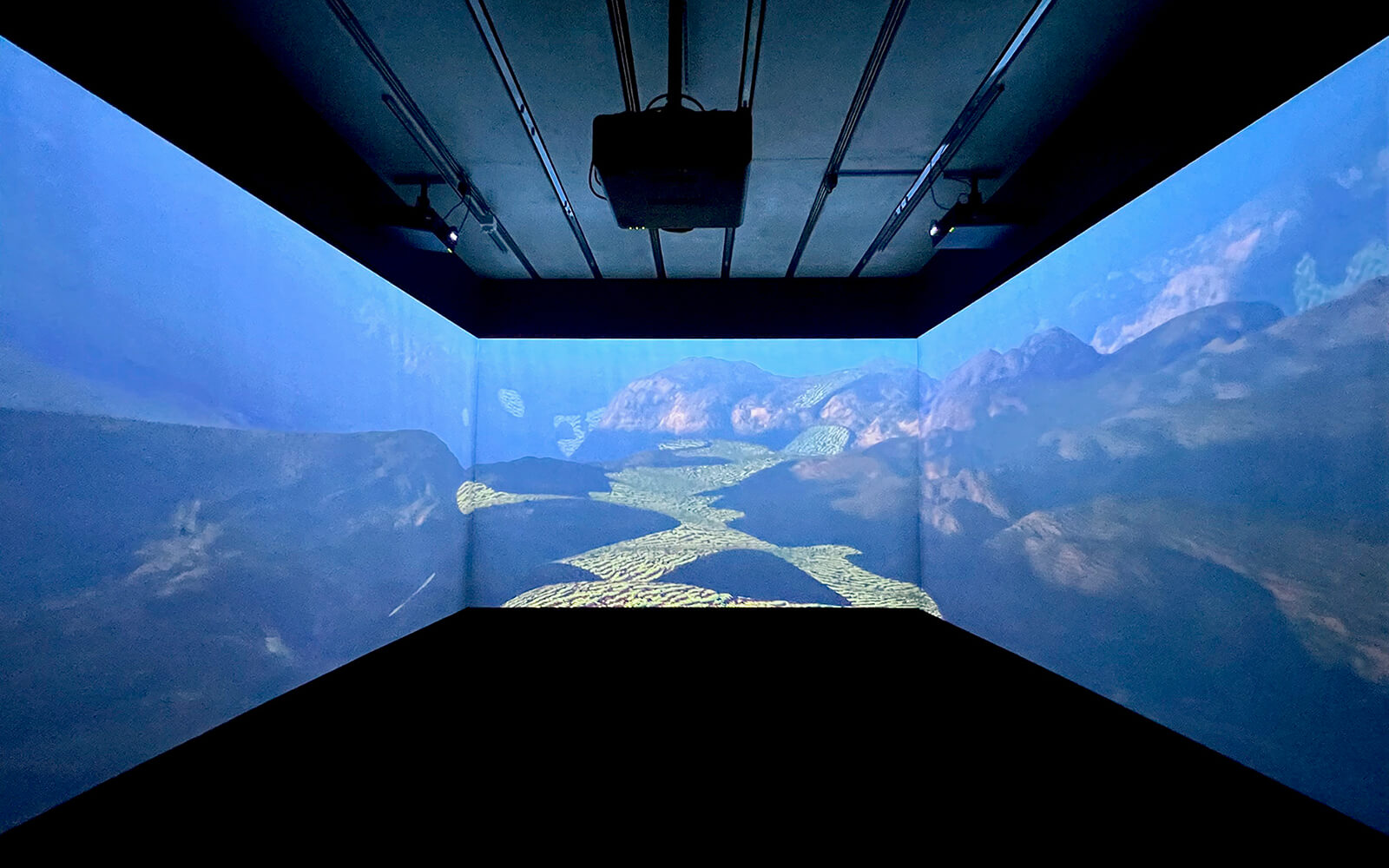
“We found that a remarkable amount of activity—about 75%—occurs outside of public monitoring systems. These previously invisible vessels radically changed our knowledge about the scale, scope and location of fishing activity.”
“There is hope, of course, that humans may solve climate change. We have built cooperative governance before, although never like this: in a rush at a global scale.”
“Those minerals are not found in urban centres. They’re found on traditional territories, or you will need roads and access to traditional territories to get to them.”
The “Unleashed” edition of panke.gallery’s recent AR group exhibition, “Animal()City,” pops up at the 37th Chaos Communication Congress (37c3) in Hamburg (DE), releasing CGI creatures by Joachim Blank (image: The restless lion/ess, 2023), Eva Davidova, Meredith Drum, exonemo, Jonas Lund, Sahej Rahal, and Ingeborg Wie Henriksen. The show, curated by panke’s Sakrowski, draws inspiration from the ghostly presence of urban critters that, like people being siloed by online platforms and AI, seem to live in parallel worlds.
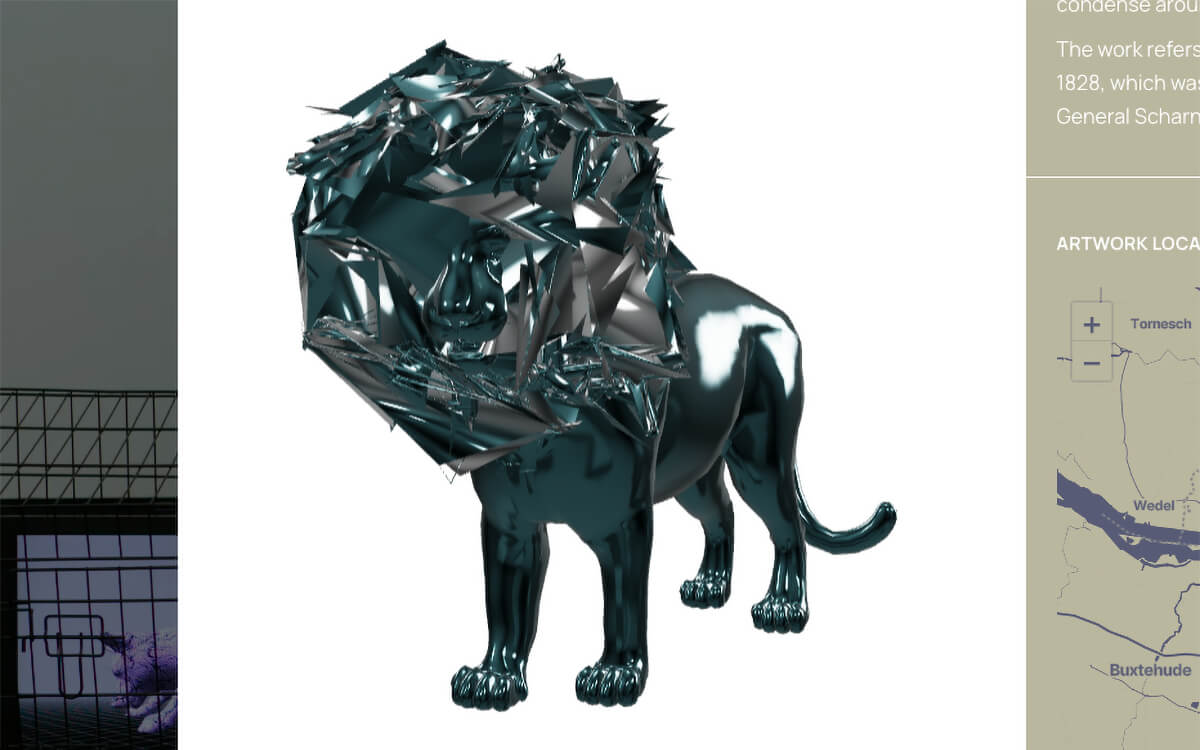
Branch #7
Gentle Dismantlings
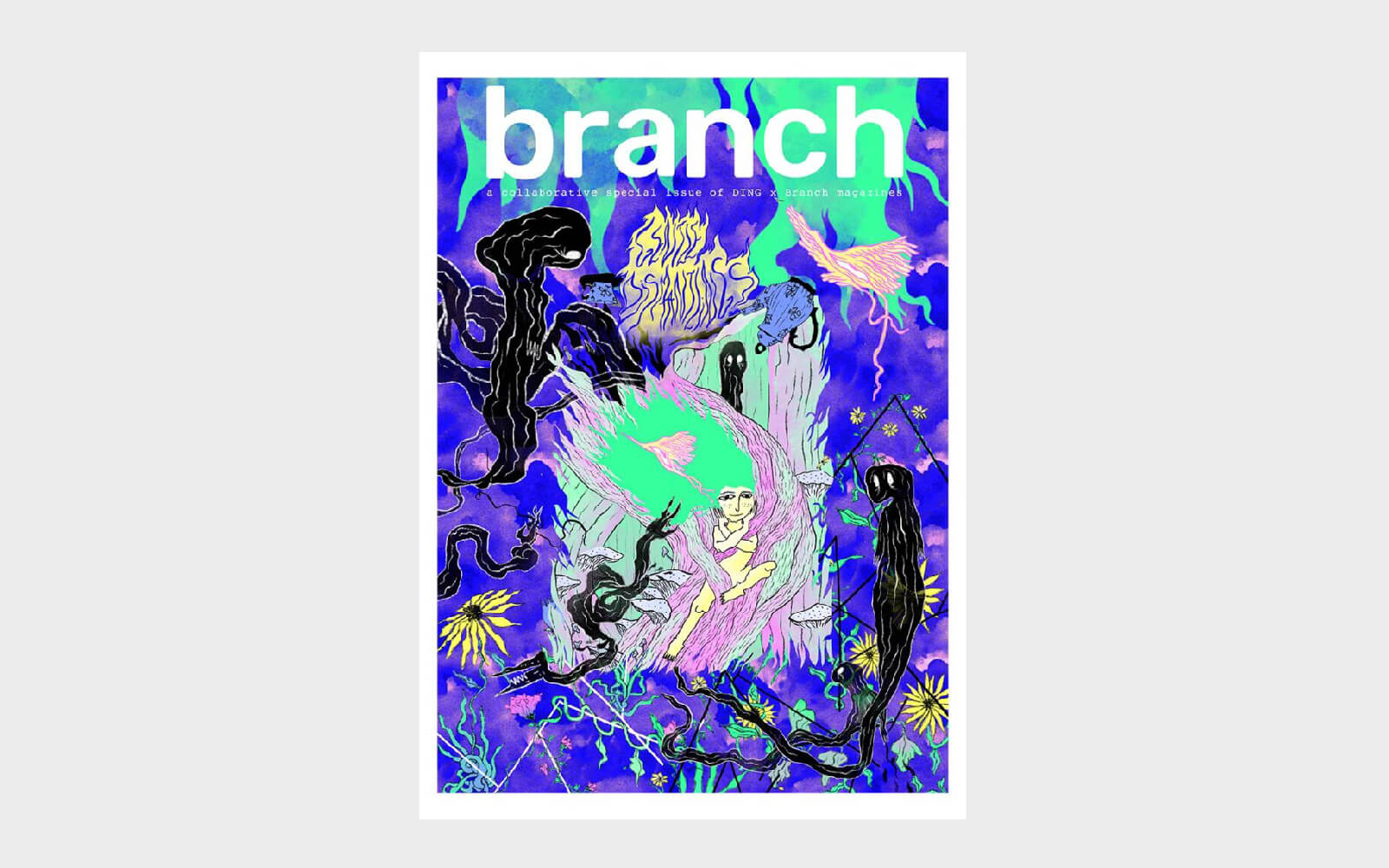
“We do not live in a simulation—a streamlined world of products, results, experiences, reviews—but rather on a giant rock whose other life-forms operate according to an ancient, oozing, almost chthonic logic.”
“Cytographia is an elegy for species we will never know, or will never know again, expressed through generative illustrations from an imaginary book about imaginary organisms.”
The NGV Triennial opens at Melbourne’s NGV (National Gallery of Victoria) International, showcasing 100 works from 120 artists and designers that epitomize contemporary practice. In addition to timeless pieces by Hito Steyerl, John Gerrard, SMACK, and Julian Charrière, NGV premieres several new commissions: Dunne & Raby’s Designs for a World of Many Worlds: After the Festival (2023) imagines future multi-species gatherings through speculative artifacts, while Agnieszka Pilat’s Heterobota (2023, image) enjoy playtime.
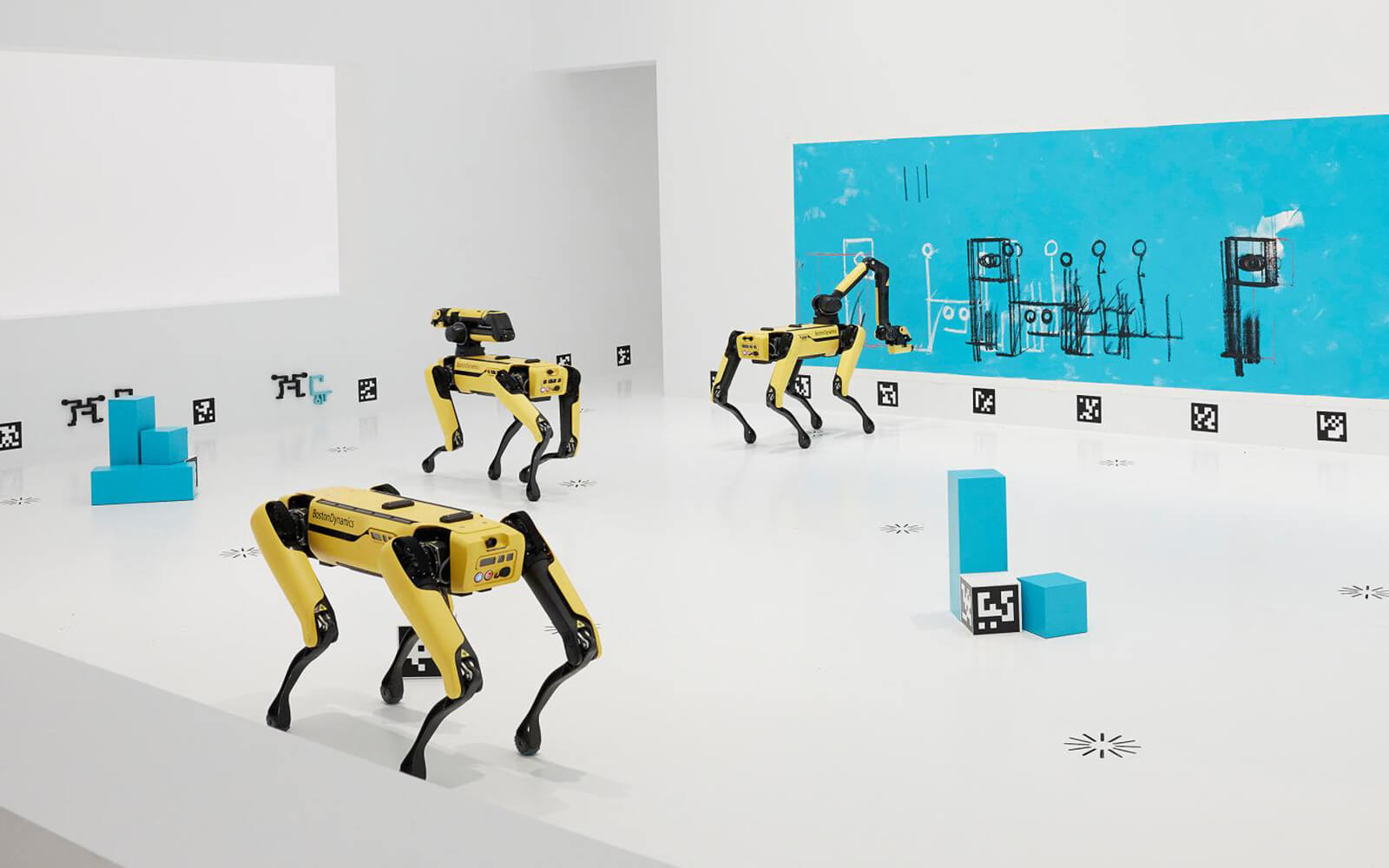
Daily discoveries at the nexus of art, science, technology, and culture: Get full access by becoming a HOLO Reader!
- Perspective: research, long-form analysis, and critical commentary
- Encounters: in-depth artist profiles and studio visits of pioneers and key innovators
- Stream: a timeline and news archive with 1,200+ entries and counting
- Edition: HOLO’s annual collector’s edition that captures the calendar year in print
